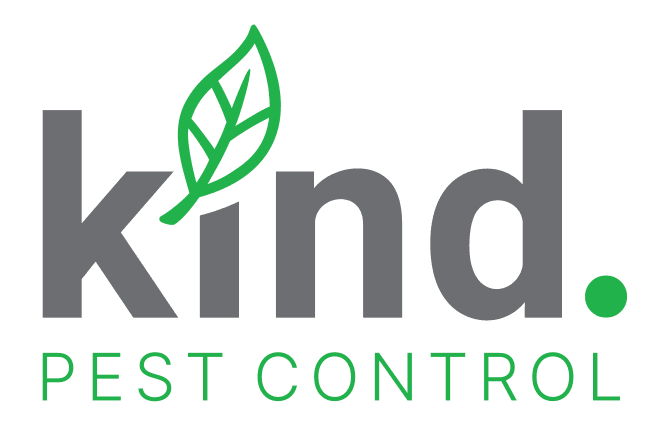Springtails: Tiny Nuisances
Tiny Nuisances
In the world of tiny creatures that can wreak havoc on your home and garden, the springtail holds a place of distinct curiosity. Springtails can be a cause for concern when they invade your home or garden in large numbers. However, understanding these minute insects, their behavior, and the conditions that attract them can equip you with the knowledge to effectively manage and prevent their invasion.
What are Springtails?
Springtails are tiny, usually less than 6mm in length, and they inhabit the invisible underworld of the insect world. They’re primarily found in areas with high moisture and humidity, which is why you’ll often see them in soil, leaf litter, or under bark. Springtails are not harmful to humans or pets and do not damage buildings or contents. However, when present in large numbers, they can become a significant nuisance.
While they are technically insects, springtails are distinct due to their unique method of locomotion. As their name implies, springtails possess a tail-like appendage, known as a furcula, which is folded beneath their body. When threatened, this furcula is released, enabling the springtail to jump distances many times its body length, hence the common name “springtail.”
Why are Springtails a Problem?
The primary issue with springtails is their preference for damp environments. These conditions are often found within human dwellings, particularly in bathrooms, kitchens, basements, or other places where humidity is high. An infestation can be alarming due to the sheer numbers in which these insects can proliferate.
In the garden, an overpopulation of springtails can be a signal of overly wet soil conditions, which can be detrimental to plant health. Although springtails themselves are not harmful to plants and actually contribute to soil fertility by breaking down organic matter, the conditions that favor their proliferation can lead to root rot and other plant diseases.
Managing Springtails Infestations
The most effective way to manage a springtail infestation is through preventive measures:
Control Humidity: Use dehumidifiers in damp areas of your home and ensure adequate ventilation. Also, fix any leaky pipes or faucets that create wet environments.
Remove Food Sources: Since springtails feed on fungi, algae, and decaying plant material, removing these food sources can make your home less attractive to them.
Seal Entry Points: Ensure that doors, windows, and cracks in walls are properly sealed to prevent springtails from entering your home.
Proper Garden Care: Overwatering plants creates a perfect habitat for springtails. Follow proper watering practices and improve soil drainage to prevent over-saturation.
When preventive measures aren’t enough, and the springtail population becomes overwhelming, professional pest control is often necessary.
At Kind Pest Control, we are armed with the tools and expertise to tackle a springtail invasion head-on. Our professionals can evaluate the extent of the infestation, identify the conducive conditions, and implement effective strategies to manage the infestation and prevent future outbreaks.
Are you ready to get your home springtail-free?
Give us a call and experience the Kind difference today!
Proudly servicing Raleigh, Wake Forest, Durham, Fuquay Varina, and other surrounding areas.
919-981-9798

